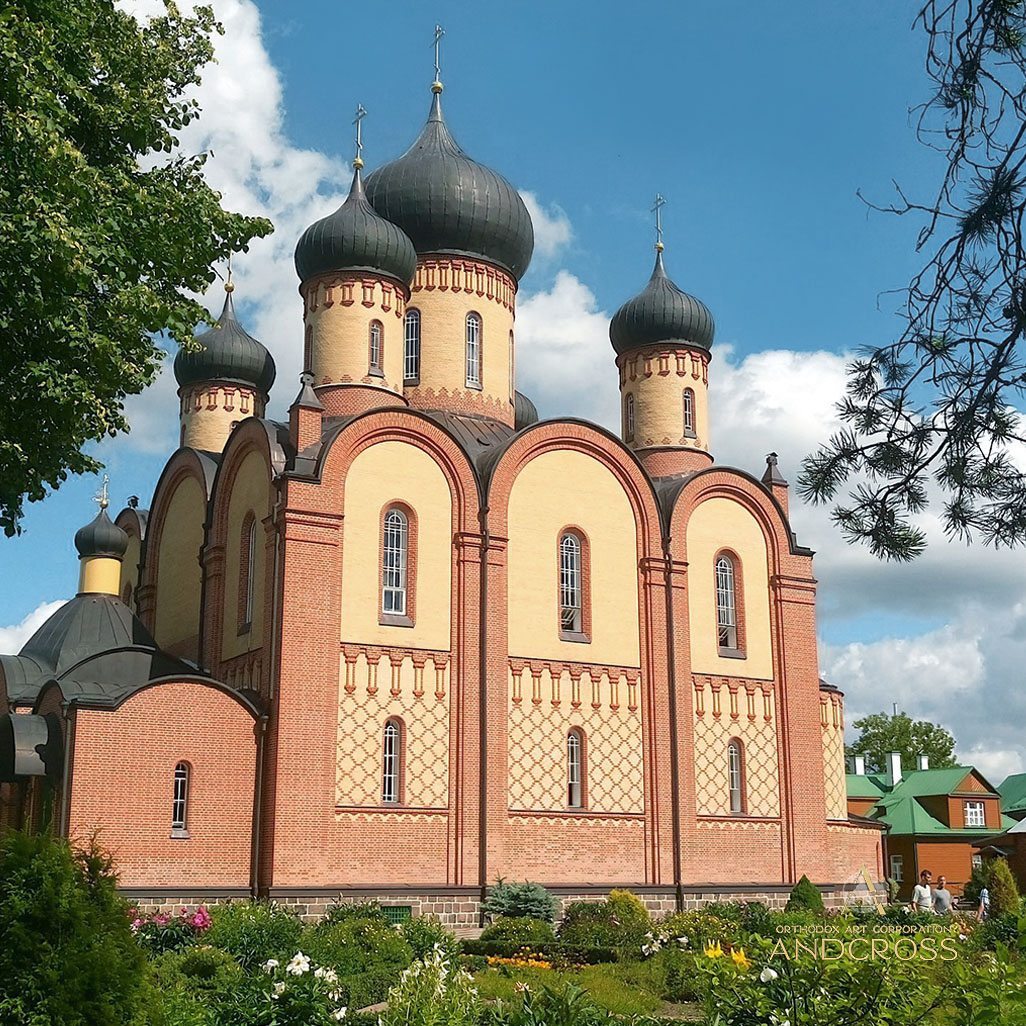
Orthodoxy began to spread across the territory of Estonia in the 10th century thanks to preachers from the neighboring Slavic cities of Novgorod and Pskov. In 1030, when the Russians captured the city of Tartu and baptized it Yuryev, they built the first church there. It was made of wood and didn’t last long.
After 1721, when the lands of present-day Estonia became part of the Russian Empire, Orthodoxy got wider recognition. Orthodox Christians living in other parts of the huge empire began to move there. Some locals also adopted their religion.
By the way, according to the latest population censuses, there are more Orthodox believers than Lutherans in the country. This became possible due to a great number of atheists.
Estonia was a part of Russia for more than 200 years and many churches have been erected on the lands between Lake Peipus and the Baltic Sea during this period. Numerous relics with miraculous powers have been obtained during this time. Icons, relics of saints, and springs – all attract Orthodox pilgrims. Believers receive healing and salvation from troubles when they travel to the places of worship. That’s why, with faith in the Lord and hope for His mercy, more and more people are coming there.
To make trips to the holy sites easier for everyone, the Metropolitan Bishop of Tallinn and All Estonia Cornelius blessed the establishment of the Andcross Pilgrim Ecclesiastic and Educational Center at the end of the 20th century. Today, it organizes regular pilgrim tours to different parts of the country where there are Orthodox sanctuaries.
One of them is Puhtitsa Convent in Kuremae. It was built on the spot where the Virgin Mary appeared to a local shepherd and the icon of Dormition of the Mother of God was found. On the site where it was found, an ancient oak tree grows now and a chapel was erected. Saint John of Kronstadt was a patron of this convent during his earthly life. His name is associated with the icon of the Mother of God kept by the nuns, which is called “Near the Source”. Coincidence or not but the monastery is known for its holy water spring at the foot of the Stork Mount.
People who were bathing it throughout all these years got cured of disorders, even in those cases when traditional medicine was useless. For example, one blind girl gained her sight back at the end of the 19th century. But after returning home, she began to go blind again. Her mother then blessed the girl to stay in the monastery as a nun for the rest of her life. Needless to say, her vision got back. There are also stories about foreigners with locomotor disabilities who started walking after bathing in holy water. Stunned by such miracles, they converted to Christianity. The monastery is also associated with the name of St Catherine of Puhtitsa, who spent a major part of her earthly life there.
The Cathedral of the Resurrection of Christ is located in Narva. Built at the end of the 19th century, it remains one of the main town monuments in the Neo-Byzantine style. Among its treasures is the Kazan Icon of the Mother of God. In 1848, it saved the citizens of the village of Skamia from the cholera epidemic.
The Church of the Epiphany in Lohusuu is located in a spectacularly beautiful place. Lake Peipus is just a 10-minute walk away from it. The history of the church is interesting for the fact that it was built to discourage locals from worshiping the stone. The diabolic influence was defeated, and the “magical” stone was drowned.
The Church of St Nicholas in Mustvee was constructed in 1861-1864. It’s also located near Lake Peipus. People are glad to admire the local nature while visiting this place.
St Catherine’s Church in Pärnu was constructed after Empress Catherine the Great visited the town. She gave the order to erect the church and gave money for that. This is one of the oldest Orthodox churches in the Baltic States, built at the time when Estonia became a part of the Russian Empire.
With Andcross, it’s possible to make pilgrimages to the Church of the Vladimir Icon of the Mother of God in Valga, the Church of the Nativity of the Mother of God in the Alajõe village, and other places.
Andcross offers more than taking care of the transfer. Our Pilgrim Center knows about the special days when a visit to a church will be most memorable. For example, to see the patronal festivals or processions. The staff of the Center arrange meet and greet services if it’s necessary. Usually, every group is accompanied by a priest. On the road, we talk about religion and the sites we are going to visit. Thus, an organized pilgrimage is quite different from an ordinary trip to see an interesting place.
The schedule of the upcoming trips can be found on the company’s website. Check the “Gallery” section to learn more about the previous tours.
The Andcross Pilgrim Ecclesiastic and Educational Center organizes trips to neighboring countries. Most often, believers want to visit the sanctuaries in the northwestern part of Russia. Our groups have made numerous pilgrimages to the Valaam and Pskov-Caves monasteries. And to more distant places – Diveyevo Convent, the Solovetsky monastery, and many other holy sites.
We also organize tours to the main Christian sanctuaries of Italy, Georgia, Greece, Egypt, and, of course, Israel.
Pilgrim Ecclesiastic Educational Centre Andcross






